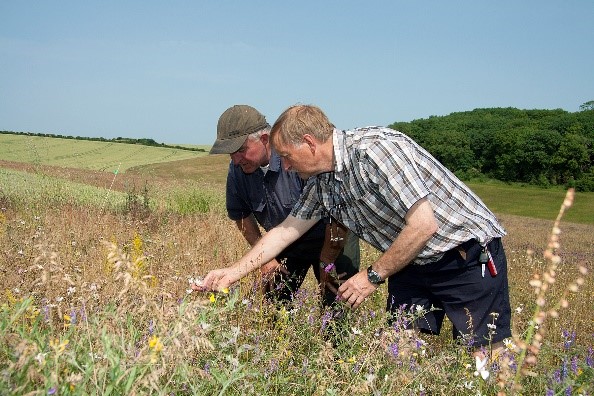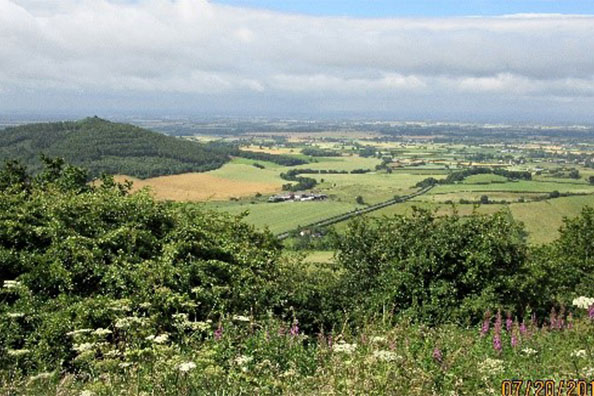AGLAND
New Science to Enable the Design of Agricultural Landscapes that Deliver Multiple Functions

Around 70% of the UK land area is farmed, with agriculture contributing around £8.5 billion to the economy and employing 475,000 people.
The new Agriculture Bill will support farmers to deliver both food, together with other environmental goods and services. To achieve this will require re-thinking how we plan and manage our countryside.
Principle Investigator Richard Pywell introduces the project in this short video
AgLand builds on a number of strategic UKRI investments, including the ASSIST and S2N research programmes. The aim of Agland is to provide new data and models to support decision makers in the design and management of future landscapes. These will deliver both sustainable food production, and a wide range of other ecosystem goods and services.
To achieve this we are developing new ways of consistently describing UK landscapes and farming systems. This takes account of factors such as land cover, field shape and size, the pattern and sequence of crop, hedgerows and agri-environmental habitats, and farm business information
We are applying and expanding models of ecosystem services for the UK, including food production, pollination, carbon storage, flood prevention, clean air and water. These are being linked to the different types farmed landscape and farming systems.
We are then exploring scenarios of how changing the composition of the farmed landscape and the farm systems affects the balance of ecosystem services delivered.
Finally, we are supporting landscape decision makers by working with diverse stakeholder groups in contrasting study landscapes, including North Devon, the Upper Thames and eastern Scotland.
In each landscape, we are identifying the priority ecosystem goods and services. We are providing stakeholders with maps and other visualizations of how of supply and demand of different services changes under future scenarios. We are exploring how this new information will change the way they target interventions and plan future landscapes.

Image credit: Heather Harris, UKCEH

Image credit: meward form PxHere
